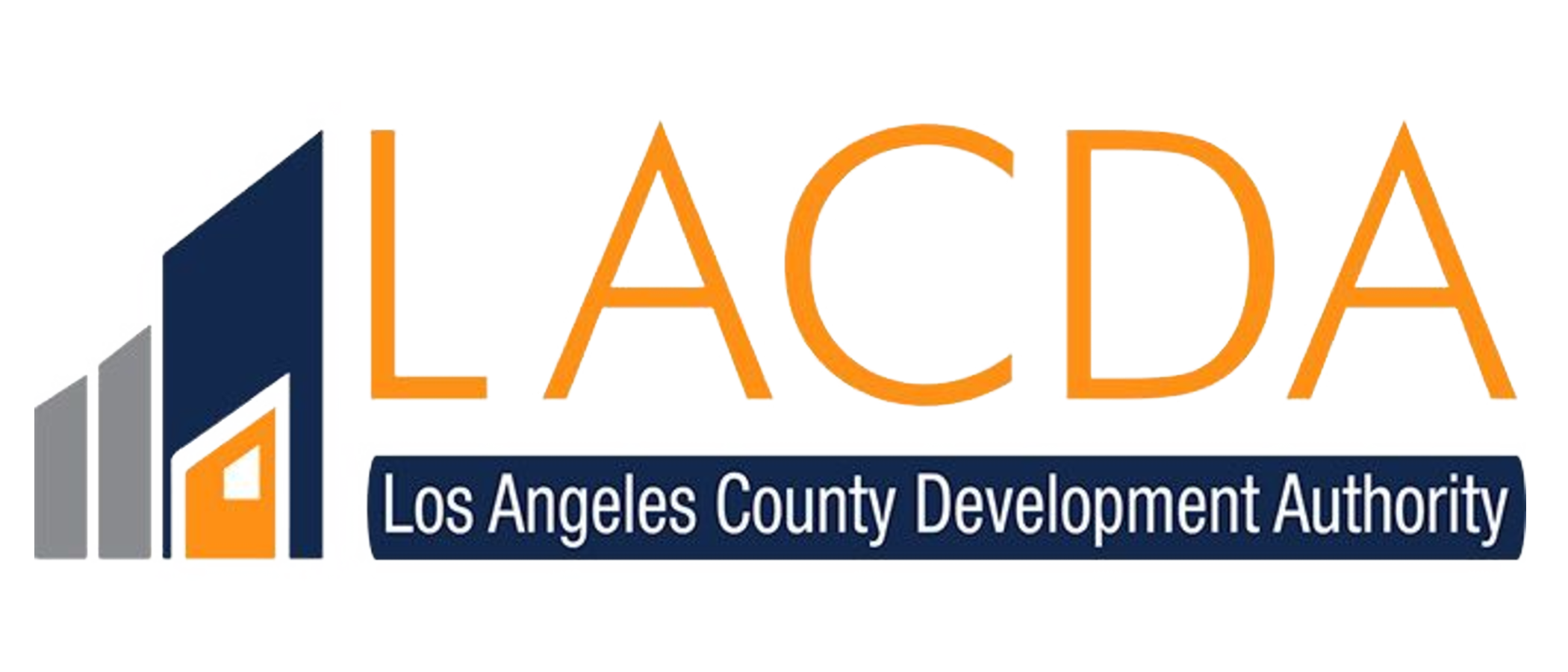Los Angeles County Development Authority
SUMMARY
The Capital Projects branch of the Los Angeles County Development Authority (LACDA) manages 150 – 200 ongoing construction projects, worth approximately $2 billion concurrently and completing roughly $500 million worth of construction each year. PMWeb was implemented as a comprehensive Program, Project, and Contract Management system.
OVERVIEW
Formerly known as the Community Development Commission/Housing Authority of the County of Los Angeles, the agency was rebranded as the Los Angeles County Development Authority (LACDA). LACDA was formed by consolidating three entities – the Housing Authority, the Community Development Department, and the Redevelopment Agency of the County of Los Angeles. Over 70% of LACDA’s funding comes from the U.S. Department of Housing and Urban Development to provide subsidized housing, housing development and preservation, community development, and economic development within Los Angeles County.
CHALLENGE
The Capital Projects branch of LACDA manages 150 – 200 ongoing construction projects, worth approximately $2 billion concurrently and completing roughly $500 million worth of construction each year throughout Los Angeles County.
Before PMWeb, all of the project management tasks were being managed through a Project Control System (PCS) that consisted of three (3) Commercial off the Shelf (COTS) software products and twelve (12) separate applications that had been developed and integrated over the last fifteen (15) years. The PCS became obsolete and unsupported. LACDA soon realized the need to procure a system that would provide, or interface with, all the functionality and applications in the existing Project Control System, interface and communicate with software and databases used by other County departments’ systems (including the LACDA financial system, PeopleSoft); and support real-time collaboration between construction project team members (i.e., Public Works staff, architects, contractors, client, jurisdictional agencies, etc.).
SOLUTION
After a public tender process, PMWeb was chosen as the preferred solution with three key objectives of the solution implementation that would be the guiding principles for solution configuration and prioritization decisions:
Objective 1: Replace the Current Project Controls System with PMWeb
Objective 2: Support Real-Time collaboration between construction project team members
Objective 3: Provide document management capabilities, to allow user upload from any location.
IMPLEMENTATION DELIVERABLES
The initial implementation period was 26 weeks. After completing the project kick-off meetings, it became clear that some of the core user requirements were missed in the LACDA RFT document. Subsequent contract changes were issued to include the new requirements, and the project took approximately 40 weeks to complete.
Implementation and Configuration of PMWeb included the following key Business processes/ activities:
SERVICE REQUESTS
Initiation of a project request that runs through a sophisticated workflow for approval and upon final approval the Service Request automatically creates a project record. The associated workflow deploys a complex branching rule that involves the selection of requesting department, fund request, project/construction Type, Location, compliance requirements, etc.
PROGRAM AND PROJECT SET-UP AND MANAGEMENT
Includes management of project/construction type, funds management, project locations, addresses, occupants, and other stakeholders.
CONTRACT AND CONTRACT LEDGER
Management, invoices, payments, check requests, and compliance holds & penalties.
PROPERTY INSPECTIONS & ESTIMATION
Management of a comprehensive list of property addresses maintains a log of property inspections and damage/upgrade/new-build estimate capability, which eventually produces a bid document for the RFT/RFQ process.
DASHBOARDS AND REPORTS
Numerous Dashboards and Reports were developed to facilitate project tracking and control.
INTEGRATION FUNCTIONALITY INCLUDING DATA MIGRATION READINESS
People Soft, Laserfiche Rio, Residential Sound Insulation Database, Active Directory, Email/SMTP Server.
IMPLEMENTATION EXPERIENCE
LACDA’s implementation team included SMEs from each business process/unit who were highly engaged and contributed heavily throughout the implementation phase. During the early stage of the implementation, LACDA realized the flexibility that PMWeb offers in terms of configuration and adaptability and the implementation team collectively decided to take the opportunity to improve their existing processes and record-keeping practices using PMWeb. Despite the risk of organizational changes that might follow as a result, the team convinced the project sponsor and other key stakeholders to take this opportunity to undertake :
PROCESS-ENGINEERING
To improve the existing business processes to take full advantage of PMWeb functionalities and features.
UPDATING RECORD-KEEPING PRACTICES
To update current forms and registers for better tracking and monitoring of various records.
UPDATING DOCUMENT MANAGEMENT
To update the existing document management practice.
REPORTING
To improve existing reporting capabilities. As a result, by the end of the implementation, there were 17 different processes (workflows) that were either simplified or updated to reflect the changing business needs. Numerous forms and reports were also updated.
With this approach, however, there was the risk of derailing the project from its original stated objectives and time frame. Tracking all the changes to the new processes and forms (As-is vs To-be) as well as all the documents that were produced, became very challenging. Also, it was critical to ensure that all the requirements and deliverables were satisfied despite all the changes to avoid scope creep.
Deliverables and task management were crucial here. The implementation team’s adaptation of Trello, as the deliverables and task management tool, ensuring all tasks and deliverables were tracked efficiently. Trello (https://trello.com/) allowed for immediate open collaboration and project tracking while the PMWeb system was in development. It served as a vital communication tool among implementation team members.
Twice-a-week sprint calls also ensured that all the requirements were discussed in detail; alternatives discussed and documented; action items identified and assigned, and all decisions logged. This also provided the opportunity to keep track of the progress and pending actions. 95% of these twice-a-week sprint calls were conducted online using Citrix GoToMeeting. That approach saved significant travel and coordination time; and emerged as a key factor in completing the project on time.
RESULTS AND BENEFITS
The solution implementation was completed in mid-2019, on time, and under budget. This proved to be a huge success and LACDA is actively considering extending the usage of PMWeb to other departments and agencies. The extensive user training and User Acceptance Test (UAT) process ensured that the solution meets the requirements and user expectations, and users are ready to use the system from the Go Live date.
One of the most noteworthy lessons learned through the PMWeb implementation for LACDA was the exponential benefits from the LACDA SMEs (Subject Matter Experts) increasing their active participation during the implementation phase. The SMEs were a driving force behind the successful completion of the implementation, where the implementation team took the supporting role by providing necessary process and solution advisory; managing tasks and deliverables, and maintaining an open environment for collaboration and engagement.
LACDA continues to receive post-implementation support to.

PMWEB MODULES
- Core Module with Business Intelligence, Reporting, Security
- Planning, Prioritization, Estimating, Online Bidding
- Cost/Contracts, Project Management, Forms, Budgets, Funding
- Visual Workflow
- Scheduling
- Asset Management
PMWEB TOOLS
- Document Manager
- Custom Form Builder
- LDAP or SAML for AD
- Basic User Pool




